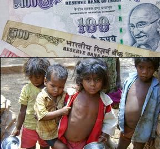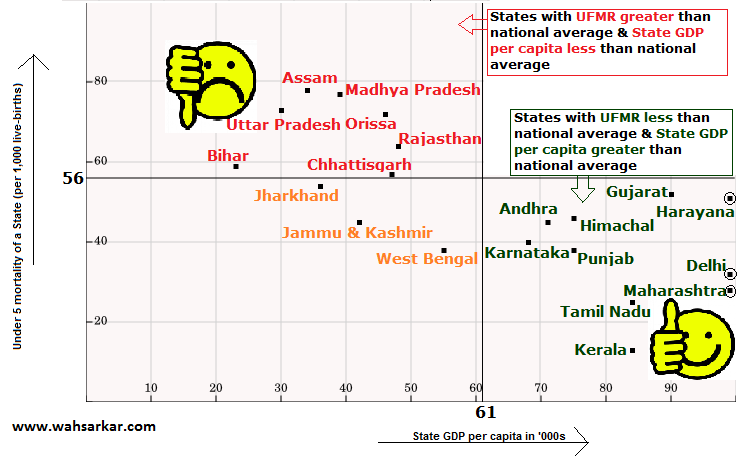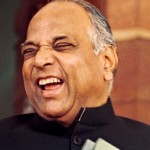 This year is beginning with multiple new state governments all promising better ‘governance’. This post attempts to analyze a couple of key criteria which can be viewed as outcomes of good governance.
This year is beginning with multiple new state governments all promising better ‘governance’. This post attempts to analyze a couple of key criteria which can be viewed as outcomes of good governance.
1) State GDP per capita – The market value of all officially recognized goods and services produced within each state per person in that state. This has been used as a benchmark of economic development in a state.
2) Under 5 Mortality Rate (UFMR) – Number of children born in a state who die by the age of five, per one-thousand live births. This has been used as a benchmark of social development.
In a recent post we looked at how Bangladesh is out performing India in combating mortality of children under the age of five despite a significantly weaker economy. Here’s a comparative look at different states in India when their State GDP/capita is compared to under-five infant mortality rates (UFMR).
Reading the Chart
India’s average UFMR is 56/1000 live births and average State GDP per capita is approx INR 61,000. States which outperform both of these averages are in the bottom-right quadrant. States that perform below national average for both of these parameters are in the top-left quadrant. There are 3 states which have lower UFMR that national average (which is good!) but they also have lower State GDP per capita than the national average. These states are in the bottom-left quadrant. Also note that the state GDP per capita for Maharashtra (101), Haryana (109) and Delhi (a staggering 176!) were off the charts. They have hence been included at the edge.
South India Rules!
Kerala is arguably the best performing state. The UFMR of Kerala is 13 (the next best is Tamil Nadu at 25). All four south Indian states make the cut when it comes to having economic prosperity and adequate child healthcare relative to the rest of the country.
Health follows money?
Interestingly, the top-right quadrant is empty. Hence all states with above average state GDP per capita have favourable child healthcare. This probably means that citizens with more economic resources are able to purchase better child healthcare. The comparisons of Jharkhand and Gujarat are noteworthy. Both states have similar UFMRs, Jharkhand – 54 and Gujarat – 52. However, Gujarat’s state GDP per capita is much higher than Jharkhand’s (Guj-90,Jha-36).
There are of-course many other parameters that can be used to assess the current conditions of different states. Furthermore, there probably exist many variations within states as well (especially the larger ones). However, this chart provides an interesting look at regions which are truly struggling in the country.
Sources – Ministry of Health Family and Welfare (Sep 2013) – https://nrhm-mis.nic.in/PublicPeriodicReports.aspx – Govt. of India – Economic Survey 2012-13 – http://indiabudget.nic.in/es2012-13/estat1.pdf Copyright secured by Digiprove
Copyright secured by Digiprove




Agreed that issues are NOT in South India.
Amazed to see that Gujarat which is viewed as a ‘model’ state by many is outperformed by a huge state like Maharashtra. Another large state of Tamil Nadu is close as well.
Yes, and Jharkhand has a comparable UFMR to Gujarat despite the apparent economic disparity in the 2 states.
Agree..
plz visit my blog http://sharda05.blogspot.com
politics related articles.
Need to develop the education in UFMR grater state to solve
many issues like this.